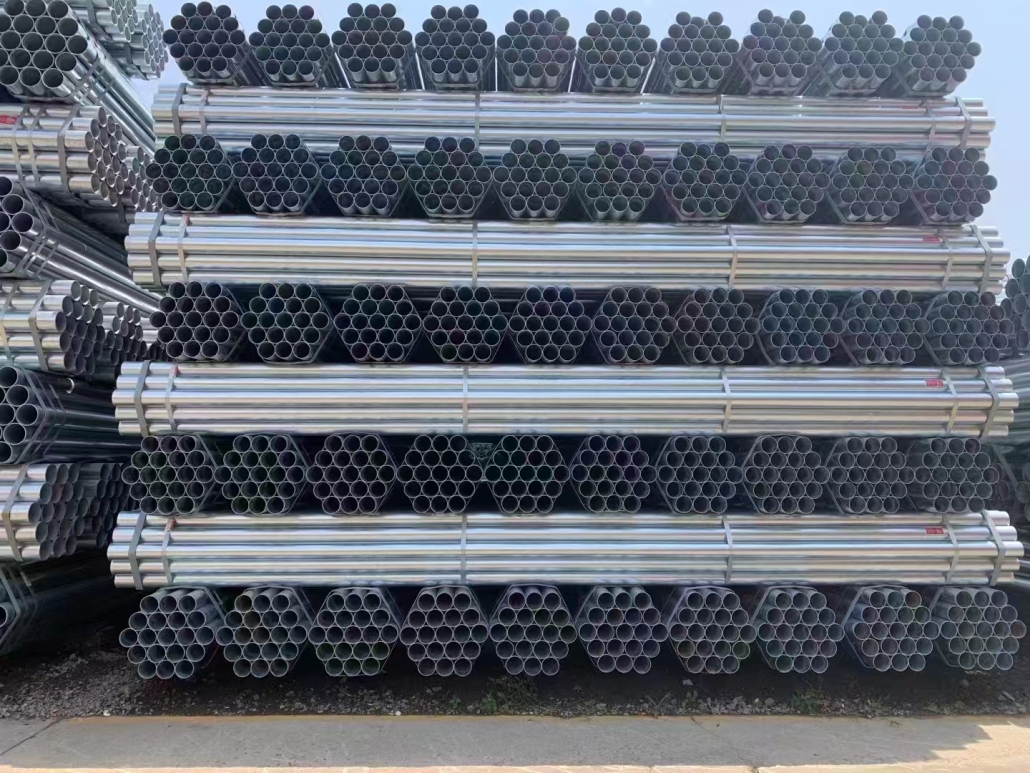Ten Key Points Of Heat Treatment Of Galvanized Pipes
1. Galvanized pipes and fixtures should be cleaned of foreign objects such as oil, residual salt, paint, etc. before heat treatment;
2. The fixtures used in the vacuum furnace for the first time should be degassed and purified in advance at a vacuum degree not lower than the required degree of the workpiece;
3. Workpieces that are easy to deform during the heat treatment process should be heated on special fixtures. The preheating methods are: one preheating is 800℃, the second preheating is 500-550℃ and 850℃, and the temperature rise rate of the first preheating should be limited;
4. Workpieces with complex shapes or sharp changes in cross-section and large effective thickness should be preheated;
5. Workpieces with grooves and no through holes, castings and welded parts, and stainless steel workpieces that have been processed and formed are generally not suitable for heating in salt bath furnaces;
6. According to the effective thickness and conditional thickness of the workpiece (actual thickness multiplied by the workpiece shape coefficient), the galvanized pipe should have sufficient insulation time for heating;
7. Galvanizing of martensitic stainless steel and heat-resistant steel The pipe can be cleaned, cryogenically treated or tempered only after quenching and cooling to room temperature. The time interval between welding and subsequent heat treatment should not exceed 4 hours;
8. According to the requirements and surface conditions of the galvanized pipe, alkali washing, water-soluble cleaning agent, chlorine solvent sandblasting, shot blasting and other methods should be used for cleaning;
9. After correction, stress relief annealing should be carried out at a temperature lower than the original tempering temperature. For workpieces with complex shapes or strict size requirements, correction should be carried out with a shaping fixture combined with tempering during tempering after correction;
10. When the mechanical properties of the galvanized pipe are unqualified, repeated heat treatment can be carried out, but the number of repeated quenching or solid solution is generally not more than two times. Supplementary tempering of galvanized pipes is not counted as repeated treatment. Martensitic stainless steel and heat-resistant steel workpieces in the quenched state or after low-temperature tempering should be preheated, annealed or high-temperature tempered before repeated quenching.
To improve the quality of galvanized pipes, it is necessary to reduce zinc slag to reduce the iron content in the zinc liquid, that is, to start with the factors that reduce iron dissolution. Only in this way can a high-quality galvanized layer be formed on the surface of our galvanized square pipes.


Dejar un comentario
¿Quieres unirte a la conversación?Siéntete libre de contribuir!